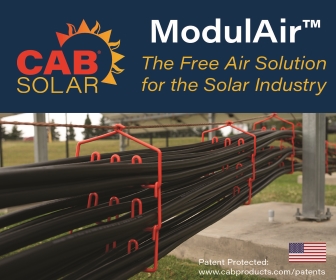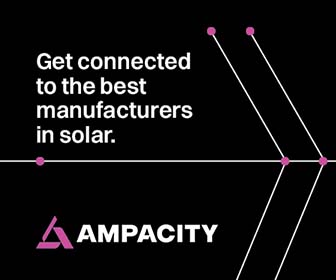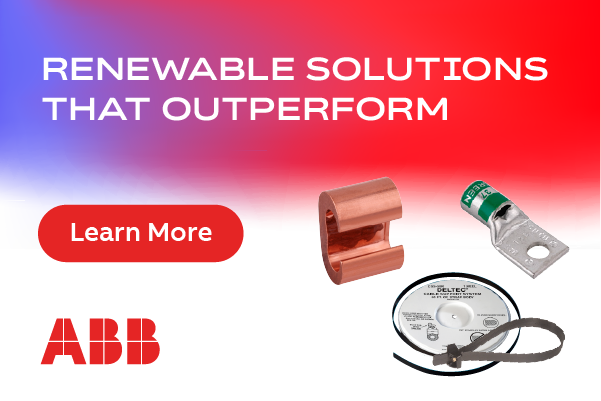How to Design to Code
Compliance Considerations for Ground Mounted Solar
As the solar market continues to mature, regulators are taking an increased interest in ensuring installation safety compliance and long-term reliability. Especially in areas of high solar activity, such as the state of California, and other authorities having jurisdiction (AHJs) in the southwest, code officials have learned the hard way that not all solar installations are equally sound. Since many codes surrounding solar installations are either brand new, or still in development, there is not often a clear standard for solar equipment providers to follow. Structural guidelines that have been designed for skyscrapers and bridges are being applied to mounting structures in certain jurisdictions. The environmental requirements, such as high winds, excessive snowfall, and wet environments, may be excessively conservative, or not enough so. Electrical safety and grounding code requirements must also be met for AHJs to allow systems to be energized and connected to the grid. It takes a broad understanding of all of these subjects to ensure that solar components will comply with code requirements and continue to be reliable over the typical 25- to 30-year design lifetime of a solar field.
Many individual jurisdictions have their own codes, so when building a site, the installer must be aware of international, national, state, county, city, and even customer code requirements. Most of these are derived from certain standards organizations and often defer sections of their codes to these agencies. Though the names of the codes may be different, most other countries have very similar requirements to the United States. The codes in North America and Europe are typically the most developed and stringent, though other countries may have developed more code requirements around subjects specific to their regional issues.
In the United States, it is typical for most structures to be designed according to codes from certain manufacturing and construction code entities, such as the ICC (International Code Council), American Institute for Steel Construction (AISC), American Society for Testing and Materials (ASTM), and AISI (American Iron and Steel Institute), and the Aluminum Association to name some of the most recognized. Most of these organizations have all been established for around 100 years or more, and were mostly organized to provide some level of standardization for building design and material safety for steel buildings and bridges. Because steel components are mainly used in mounting solar panels, they fall under the same code requirements since they are defined as a “steel structure”. The original intent of these codes was to standardize design, but also to strengthen U.S. industry. Most of the code requirements make it difficult to incorporate non-standard or foreign materials including structural steel and hardware, and rely on the engineer of record (EOR) code enforcement official’s judgement as to whether these materials are allowed to be used. While there has been some effort to standardize codes for solar structure design (ICC AC428), these guidelines have yet to be accepted into most jurisdictions. In summary, most of these resources are excellent guidelines for design, but may be prohibitive to innovation if they are required to be followed to the letter.
Environmental design requirements vary considerably from one AHJ to another, and often the most local authority (typically city or county) has established rules for their regional environment that all structures, including solar, must be designed to accommodate. At a national level, in the United States, most of these requirements are set by the American Society of Civil Engineers (ASCE), but they specify many regions where the local AHJs must set the requirements. The most impactful code requirements are typically wind, snow, and seismic forces on a structure, with some flooding and corrosion requirements as well. The first three generally affect cost of solar array design most, since they control how much structure must be built for the array to withstand a typical worst-case 25 year event. Common events causing these events are high winds, rain or snow storms, and earthquakes. A typical US site must be built to withstand 110 mph winds, around 1 ft of snow, or a minor earthquake. Flooding requirements frequently dictate the minimum height of the solar array, and any electrical equipment connections which are not rated for submersion. For solar tracker installations, many companies use a “stow” feature to protect the system against some of these catastrophic events. In these cases, the trackers are either actively moved (e.g. by using a motor) or passively moved (by the wind or snow moving the array) to a position less sensitive to the particular event. This can result in some savings on the structure, but adds a potential failure mode for the active variants in the event of a power outage. Since most storms and high winds are often accompanied by power outages, many customers and AHJs require the installation of an uninterruptible power supply (UPS) system for those trackers using active stow. Unfortunately, these are expensive to purchase and maintain, and can offset the savings of any structural reduction.
Most solar sites are in drier climates, and corrosion is not a primary design factor, but in certain areas such as island installations, the costs for protection against corrosion through special coatings and precautions can be significant. Corrosion is a factor of time, however, and may not appear as a problem for years. For this reason, many installers may choose to ignore these requirements if they are not mandated by the AHJ. This can be a dangerous gamble, however, since once rust begins, it is very expensive to repair, and sometimes causes components to fail altogether at lower-than-design requirements.
Electrical safety requirements on the other hand, are much more strictly followed throughout the U.S., though some AHJs are more thorough than others. National Electric Code (NEC) compliance is required in all jurisdictions, and more and more are requiring UL compliance as well on solar racking and tracking products. UL testing requires rigorous environmental and safety testing to ensure compliance both at the time of installation and after temperature and environmental fluctuations. Oftentimes companies use metal structural components as grounding conductors as well, which requires factory control of these components and re-testing for major design changes to ensure continued compliance.
While the established building codes are essentially excellent in their thoroughness where they are applicable, there are still grey areas that require subject matter experts to weigh in and provide judgment. Many jurisdictions will not allow for any deviations, or require thorough investigations before they allow them. Certain AHJs, such as Los Angeles, actually have their own code book, which has special manufacturing requirements above and beyond those required by most AHJs. The review process with these AHJs should always be started as early as possible to avoid expensive construction delays when inspectors are on site during construction. Choosing partners that are experienced in these areas is also critical to anticipate problems before they arise, and working with these AHJs to ensure compliance during the design stage can eliminate costly changes down the road.
John Williamson is the director of engineering at Array Technologies, Inc.
Array Technologies, Inc. | www.arraytechinc.com
Volume: July/August 2015











.png?r=2173)
